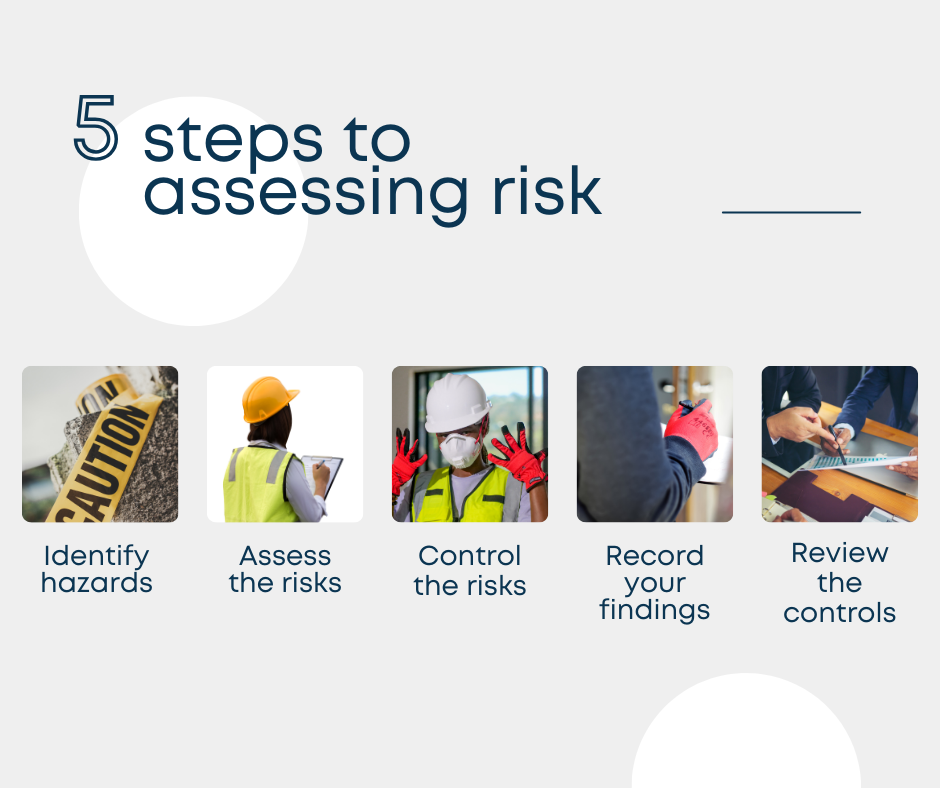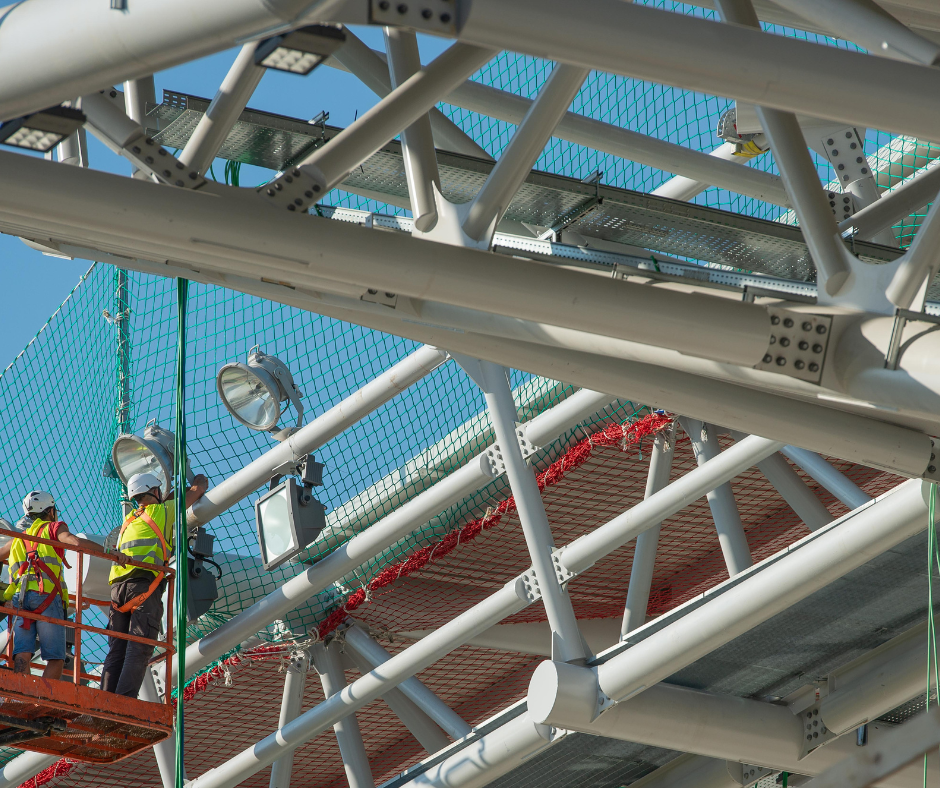As part of March’s Hazard of the Month, Working at Height, we’re highlighting two key areas: Risk Assessment and Working at Height.
Risk Assessment
 According to the Management of Health and Safety at Work Regulations 1999, the minimum legal duties of an employer include:
According to the Management of Health and Safety at Work Regulations 1999, the minimum legal duties of an employer include:
- Identifying potential sources of injury or illness in your business (hazards).
- Assessing the likelihood and severity of harm (the risk).
- Taking necessary measures to eliminate the hazard, or if elimination is not feasible, managing the risk.
Risk management involves a systematic approach to controlling health and safety risks arising from workplace hazards. You can either do this yourself, or appoint a competent person to assist.
- Identify hazards:
- Look at previous accidents and records of ill health
- Think about non-routine operations
- Consider physical and mental hazards to health
- Think about how harm may occur for each hazard
- Consider the requirements of vulnerable workers
- Talk to your workers about any ideas they have
- Assess the risks:
- Who might be harmed, and how?
- What are you already doing to control risks?
- What further action is needed?
- Who is responsible for carrying out this action?
- When does this action need to be carried out by?
- Control the risks:
- Look at if there is a way to get rid of the hazard completely – if not, how can you control the risks so that harm is unlikely?
- If further controls are needed, consider:
- redesigning the job
- changing the materials, machinery or process used
- reduce exposure to the hazard by changing work organisation
- identifying and implementing practical control measures
- providing PPE and training workers how to use it
- Record your findings:
- If you have five or more employees, you must record any significant findings, including what the hazards are, who might be harmed and how, and what control measures are in place.
- Review the controls:
- Controls should be reviewed to ensure they are working, and also if:
- there are changes in the workplace
- they may no longer be effective
- if any workers have spotted a problem
- Controls should be reviewed to ensure they are working, and also if:
Learn more about developing and enforcing risk assessments with our Risk Assessment Online Course. Get 10% off this course with the code ‘heights10’!
Working at Height
 When controlling working at height risks, there is a step-by-step hierarchical process to follow.
When controlling working at height risks, there is a step-by-step hierarchical process to follow.
The first step is to see if you can avoid working at height altogether.
Consider if the work can be done from the ground either through the use of equipment or by bringing the work that needs doing to the ground level – for example assembling edge protection or installing cables on the ground.
If working from height is unavoidable, the next step is to prevent a fall from occurring.
This can be achieved either through the use of work equipment to stop a fall, such as scaffold and mobile elevating work platforms, or by working in a safe place that is non-fragile and has existing edge protection or guardrails.
If you cannot eliminate the risk of a fall, you should now look at how you can minimise the distance or consequences of a fall.
This can be achieved through collective protection (protection that helps a number of workers) such as safety nets and soft landing systems, or personal protection such as a fall arrest system.
Learn more about how to work at height safely with our Working at Height Online Course. Get 10% off this course with the code ‘heights10’!

Risk Assessment and Working at Height training courses are essential tools in protecting the safety of your workers. Make sure you don’t miss out on our 10% off deal on these courses, available until the end of March. Simply enter the code ‘heights10’ at checkout to save!
Read more Safety Spotlight blogs here
To keep up to date with the latest health & safety news and advice, follow us on social media:
